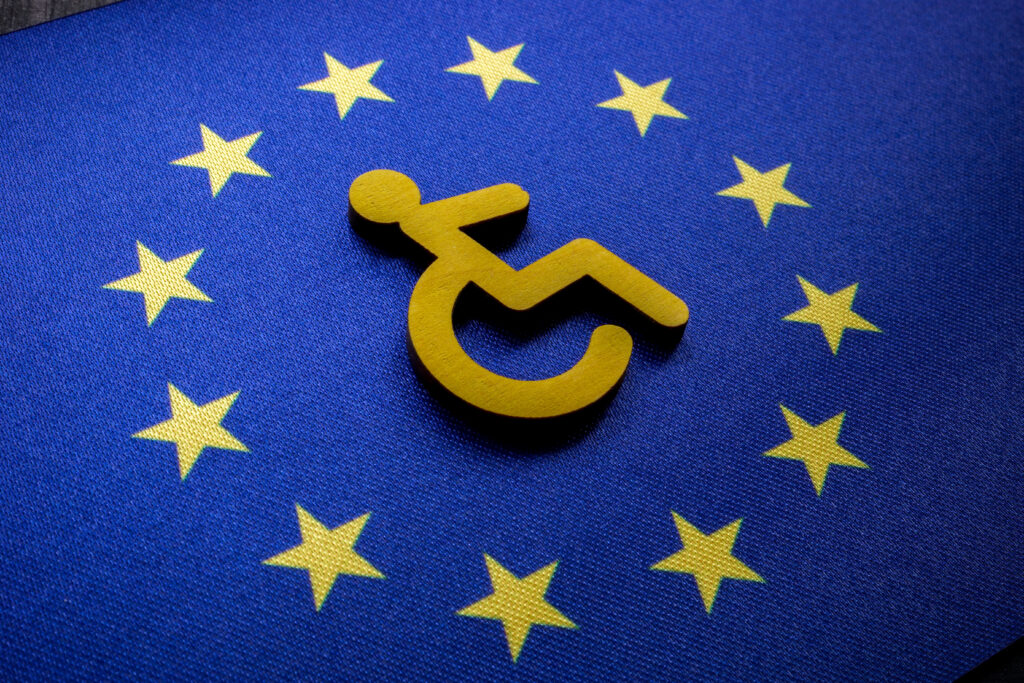Understanding the European Accessibility Act
The European Accessibility Act (EAA) comes into force on 28 June 2025. This landmark piece of legislation aims to make digital and physical products and services more accessible to people with disabilities. The act applies to various industries, including e-commerce, banking, transport, and digital services, requiring businesses to meet strict accessibility standards.

Does It Apply to UK Businesses?
Despite the UK having left the European Union, the EAA still applies to UK companies that trade within the EU. If your business sells products or services to EU customers, you must comply with the act to avoid legal and financial penalties. This means UK businesses cannot ignore the EAA if they wish to remain competitive in the European market.
What Does the Act Cover?
The EAA mandates accessibility improvements for:
- Websites and mobile apps
- E-books
- Banking services
- E-commerce platforms
- Public transport services (ticketing and real-time travel information)
- ATMs, self-service kiosks, and terminals
Failure to comply could result in fines, restricted market access, and reputational damage. Whilst the EU itself does not impose fines, individual EU member states have the authority to enforce penalties. This means that non-compliant businesses could face fines from multiple countries where they operate, compounding the financial impact. Additionally, restricted market access could prevent businesses from legally selling products and services within the EU, significantly limiting their potential customer base.
Furthermore, UK businesses seeking to secure contracts with public sector organisations in the EU will find it impossible to do so without meeting the EAA requirements. Many EU governments and public bodies will mandate compliance as a prerequisite for procurement, meaning that accessibility will not just be a legal obligation but a competitive necessity.
A Legal Obligation That Benefits Businesses
While the EAA is a legally binding act, it is one of the few legislations that directly benefits businesses. Ensuring accessibility increases customer engagement, enhances brand reputation, and provides access to a wider market, including the estimated 135 million people with disabilities in the EU. Businesses that prioritise accessibility often see improved customer satisfaction and loyalty.
Preparing for Compliance
To comply with the EAA, businesses should:
- Conduct an accessibility audit of their digital platforms.
- Ensure websites and apps meet WCAG 2.2 AA standards.
- Train employees on accessibility best practices.
- Implement accessibility-friendly payment and checkout processes.
- Provide alternative formats for digital content, such as captions and transcripts.
Final Thoughts
The European Accessibility Act is not just another regulatory hurdle – it’s an opportunity for businesses to grow, improve customer engagement, and build a more inclusive digital landscape. By taking proactive steps towards compliance, companies can benefit both legally and financially while improving experiences for all users.